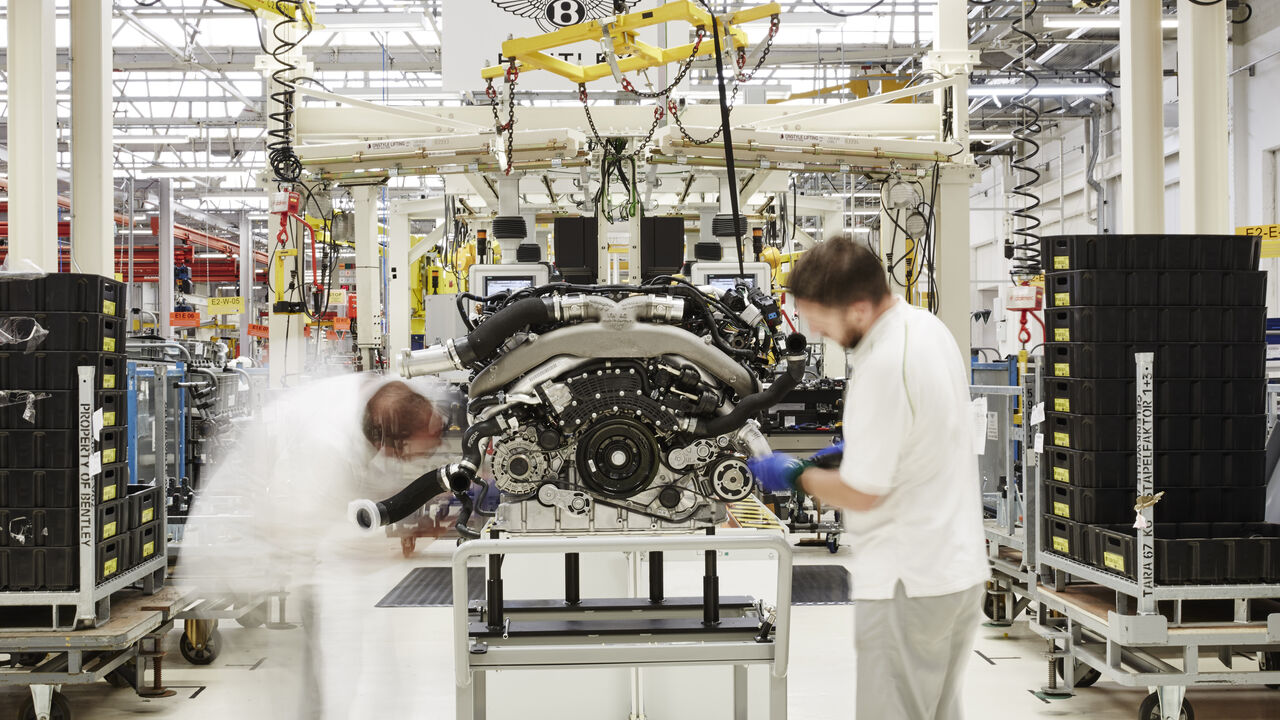The current ranking of the largest automotive suppliers in Austria in 2025 shows the leading industrial companies by turnover. At the top: BMW Steyr, Magna and AVL List. Technological investments, the transition to electromobility and global market shifts are increasingly shaping the structures and strategies of companies.
The Austrian automotive supply industry is a central component of global vehicle production and makes a significant contribution to the domestic economy. In 2024, the industry’s production value reached almost 28.5 billion euros, with around 200,000 people employed in the sector. Companies such as Miba, Magna Steyr and AVL List enjoy a high international reputation and exemplify the innovative strength of Austrian suppliers.
The industry covers a broad spectrum, from electronic components to complex drive systems. Austrian companies have established themselves as pioneers, particularly in the areas of electromobility and autonomous driving. Close cooperation between research institutions and industry is a key success factor.
The Austrian automotive and supplier industry is closely integrated into international production networks, with German original equipment manufacturers playing a dominant role. Magna Steyr in Graz is uniquely positioned as a contract manufacturer that develops and produces complete vehicles for various manufacturers. KTM, on the other hand, has established itself as a major manufacturer in the motorcycle segment.
The supplier industry is characterized by small and medium-sized companies that are often considered “hidden champions”. These companies are global leaders in their niches and achieve high export quotas. Austria, for example, is one of the countries with the most of these hidden champions per capita, which underlines the innovative strength and competitiveness of the domestic economy.
Production output and exports of the Austrian vehicle industry in 2024
According to the latest figures, the production value of the Austrian automotive industry will reach around 28.5 billion euros in 2024, which means that the sector will continue to be one of the most important industrial sectors in the country. This figure reflects not only the strong industrial base and technical expertise of domestic companies, but also their innovative strength and ability to adapt to global trends such as electrification, digitalization and sustainability. The automotive industry in Austria not only includes car manufacturers such as Magna Steyr, but also a large number of highly specialized suppliers that deliver complex systems and components for international vehicle construction.
It is particularly noteworthy that Austria achieved a positive trade surplus in 2024 for the first time since 2008 – i.e. after 16 years. The trade balance describes the difference between the value of a country’s exported and imported goods. This surplus was put at around 1.2 billion euros and is not least evidence of the strong international competitiveness of Austrian industry. A key driver of this development was the automotive industry, which contributed significantly to the positive balance with its exports.
Around 90% of the vehicles and vehicle components produced in Austria are exported – primarily to the European Union, but also to important international markets such as China and the USA. Austrian companies supply high-tech engines, transmission systems, battery components, software solutions for automated driving and lightweight components, among other things. However, this strong focus on exports also makes the industry vulnerable to international crises, such as supply chain problems or geopolitical tensions.
Nevertheless, the production and export performance in 2024 underlines the great importance of the automotive industry for Austria as a business location. It is not only a growth engine, but also secures tens of thousands of high-quality jobs and promotes innovations that have an impact far beyond the mobility sector.
